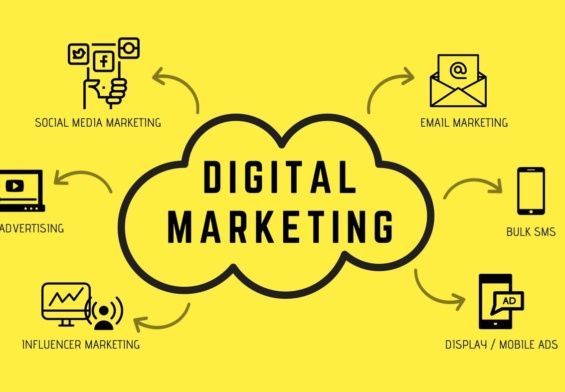92% of consumers trust user-generated content (UGC) more than branded content because online users have gotten more adept at identifying which businesses are dishonest and opaque with their marketing strategies.
Are you showing off your new iPhone with an unboxing video on Instagram? Did you upload a video about the latest addition to your closet on Youtube? Or, giving away your favourite skincare picks on Twitter?
Well, they are all examples of UGC. Although influencer marketing entails all of the above activities, influencer marketing requires investment and differs from UGC.
UGC brings together audiences and unites everyone as a community rather than creating an “us” against “them” environment where marketers continuously attempt to win over consumers.
What is user-generated content in social media?
UGC is all about the users creating content. Unlike influencer marketing, they’re unpaid to share their experience, build a connection with like-minded people, or have a chance of winning something.
Users create and share user-generated content based on their experiences, thoughts, ideas, or feedback on digital platforms, mainly social media networks.
Why is UGC influential?
When consumers are introduced to a mix of professional influencer marketing content and user-generated content, brand engagements increase by 28%, claims ComScore.
UGC is utilized at every level of the buying process to enhance conversions and affect engagement. Customer-focused content can be utilized on social networking platforms, including email, landing pages, and checkout pages.
Can anyone be a UGC creator?
User-generated content can be of any kind, but it most frequently takes the shape of photographs, videos, posts on social media, reviews, or endorsements.
The world went crazy with Coca-customized Cola’s coke bottles when they first released them. The “Share a Coke” campaign, which popularized the trend of naming bottles after locals in various locations, quickly spread over the globe.
Customers were invited to post photos of themselves sipping drinks from their customized Coke bottles on social media to maintain momentum. The outcome? Coca-Cola’s consumers took over the role of advertising.
What is crediting on social media, and how to do it right?
People freely share, retweet, and upload content without worrying about whether the content’s original originator will receive their rightful rewards. Is that plagiarising? Is there a copyright?
It just makes logical that there is a responsibility to credit a creator for their work – else they are receiving neither if visibility and monetary benefit are so intertwined that individuals may justify compensating creators “with exposure.”
What role does marketing play in this? Even if we might not like to admit it, marketers pay attention to and capitalize on trends. Sometimes those trends can be so specific that you have to give credit for the inspiration.
For instance, several influencer marketing pieces have experienced backlash for stealing makeup techniques or content ideas from lesser creators.
Additionally, curated content, which marketers rely on, is another area where crediting is more common. It’s a terrific method to cover a gap in the content calendar, work with other artists, and establish connections. Still, it necessitates careful consideration of how and where to credit your work.
Brands are becoming increasingly political, so if you find yourself looking to make a point with the support of a quote, you have to cite your sources. They all need credit for a few words from an activist, a takeaway from a report, etc.
For example, you must add quotation marks and avoid paraphrasing or changing words when using quotes or clips. Alterations that can lead to misquoted messages are grounds for a lawsuit.


